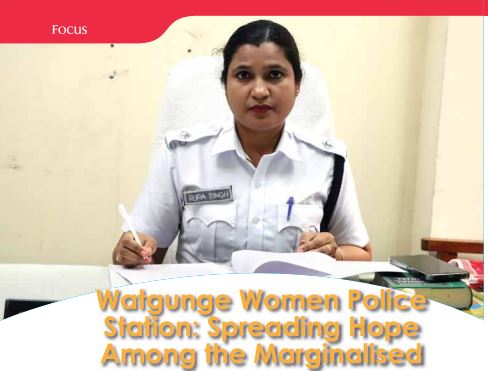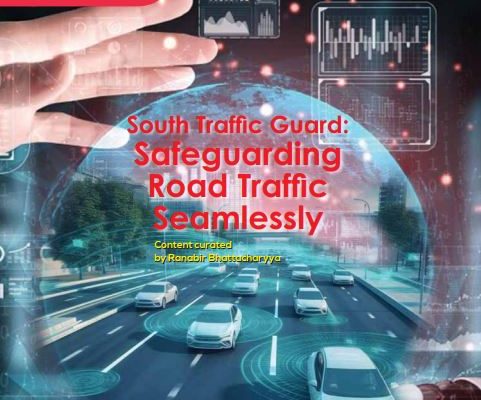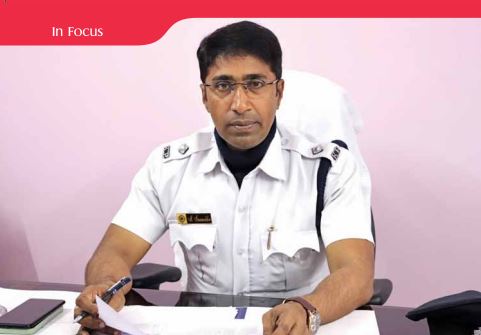
Bytes to Justice: Unleashing the Potential of Artificial Intelligence in Cybercrime Detection and Policing System
Chandan Pan is a Senior Architect in AI and Customer Decision Hub Unit at BPM MNC. Data is the new oil in the digital economy, and the 21st century is now witnessing the power of Artificial Intelligence and Data Science as a tool in law enforcement in preventing and detecting cyber-crimes and policing systems.With the…










